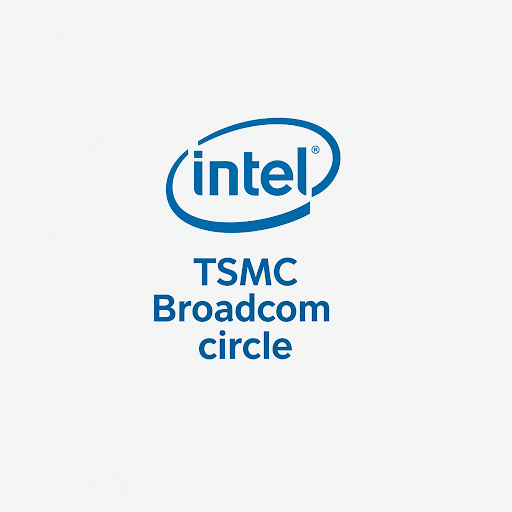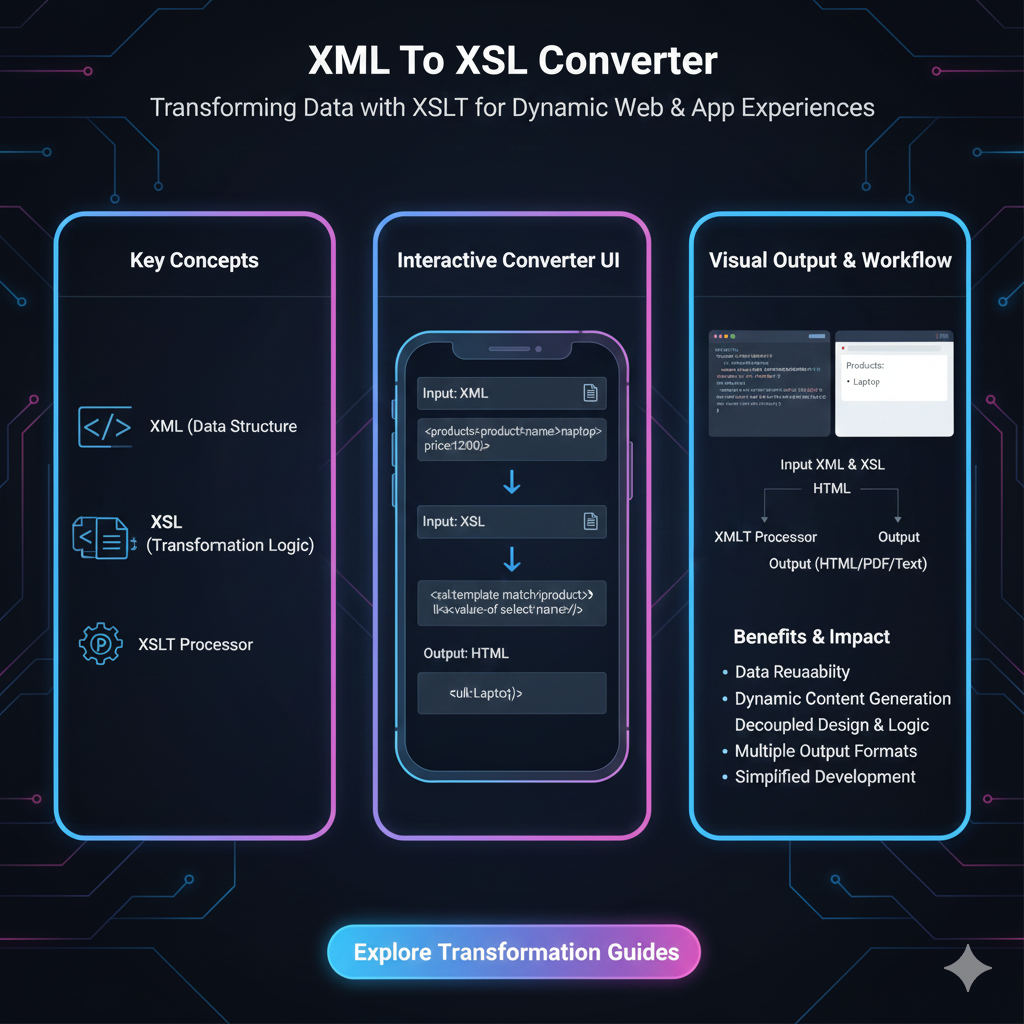How to Build and Sell Digital Products as a Developer

Learn how to turn your coding skills into a profitable business by building and selling digital products. From choosing the right product to marketing and scaling, this guide covers everything you need to know.

How to Build and Sell Digital Products as a Developer
Why Should Developers Sell Digital Products?
As a developer, you have a unique skill set that allows you to create valuable digital products. Instead of trading hours for money through freelancing or a 9-to-5 job, selling digital products lets you generate passive income, scale your work, and establish yourself as an authority in your niche.
Step 1: Choose the Right Digital Product
Not all digital products are created equal. The key is to build something that solves a real problem for your target audience. Here are some great options for developers:
SaaS (Software as a Service): Subscription-based web apps that provide ongoing value.
Plugins & Extensions: Tools that enhance platforms like WordPress, Shopify, or VS Code...
Themes & Templates: Website themes, UI kits, or code templates for frameworks like React and Tailwind CSS.
E-books & Courses: Teaching technical skills through structured content.
APIs & Developer Tools: APIs or libraries that solve common coding challenges.
Step 2: Validate Your Idea
Before spending months building a product, validate demand:
Research competitors: Are there similar products? A market with competitors means demand exists.
Engage in communities: Join developer forums, Reddit, and Discord groups to see what problems people face.
Build a Minimum Viable Product (MVP): Launch a simplified version to gather feedback.
Step 3: Build Your Digital Product
Keep it simple: Focus on core functionality first.
Use modern tech stacks: If building a SaaS, use Next.js, Firebase, or Supabase for quick development.
Ensure good UX: A polished, user-friendly experience increases conversions.
Optimize performance: Fast-loading and bug-free products sell better.
Step 4: Choose the Right Platform to Sell
You need a place to list and sell your product. Here are some options:
Your own website: Best for long-term branding (use Gumroad, Lemon Squeezy, or Paddle for payments).
Marketplaces: Sell on platforms like ThemeForest (themes), CodeCanyon (plugins), or Udemy (courses).
GitHub + Buy Button: Offer a free version on GitHub and charge for the premium version.
Step 5: Price Your Product Smartly
Pricing is tricky but important. Here are common models:
One-time payment: Good for templates, plugins, and e-books.
Subscription model: Works best for SaaS and ongoing services.
Freemium + Upsell: Offer a free version and charge for premium features.
Step 6: Market & Sell Your Product
Building is only half the battle—marketing is crucial. Here’s how to get customers:
Content marketing: Write blogs, create YouTube tutorials, or post Twitter threads related to your product.
Social media & communities: Promote your product in relevant Facebook groups, Reddit, or LinkedIn.
Email list: Offer a free resource in exchange for email sign-ups, then pitch your product later.
Partnerships & affiliates: Work with influencers in your niche to promote your product.
Step 7: Scale and Grow
Once you start making sales, focus on scaling:
Collect feedback & improve: Iterate based on customer feedback.
Automate support: Use chatbots or FAQ sections to reduce manual queries.
Expand your product line: Create add-ons, related products, or different pricing tiers.
Optimize ads & SEO: Use Facebook/Google Ads and SEO strategies to reach a bigger audience.
Final Thoughts
Selling digital products as a developer is a great way to build financial freedom. Start small, validate your idea, and focus on delivering value. If you’re serious about turning your skills into a business, take action today!
🚀 Which digital product are you thinking of building? Let me know in the comments!









